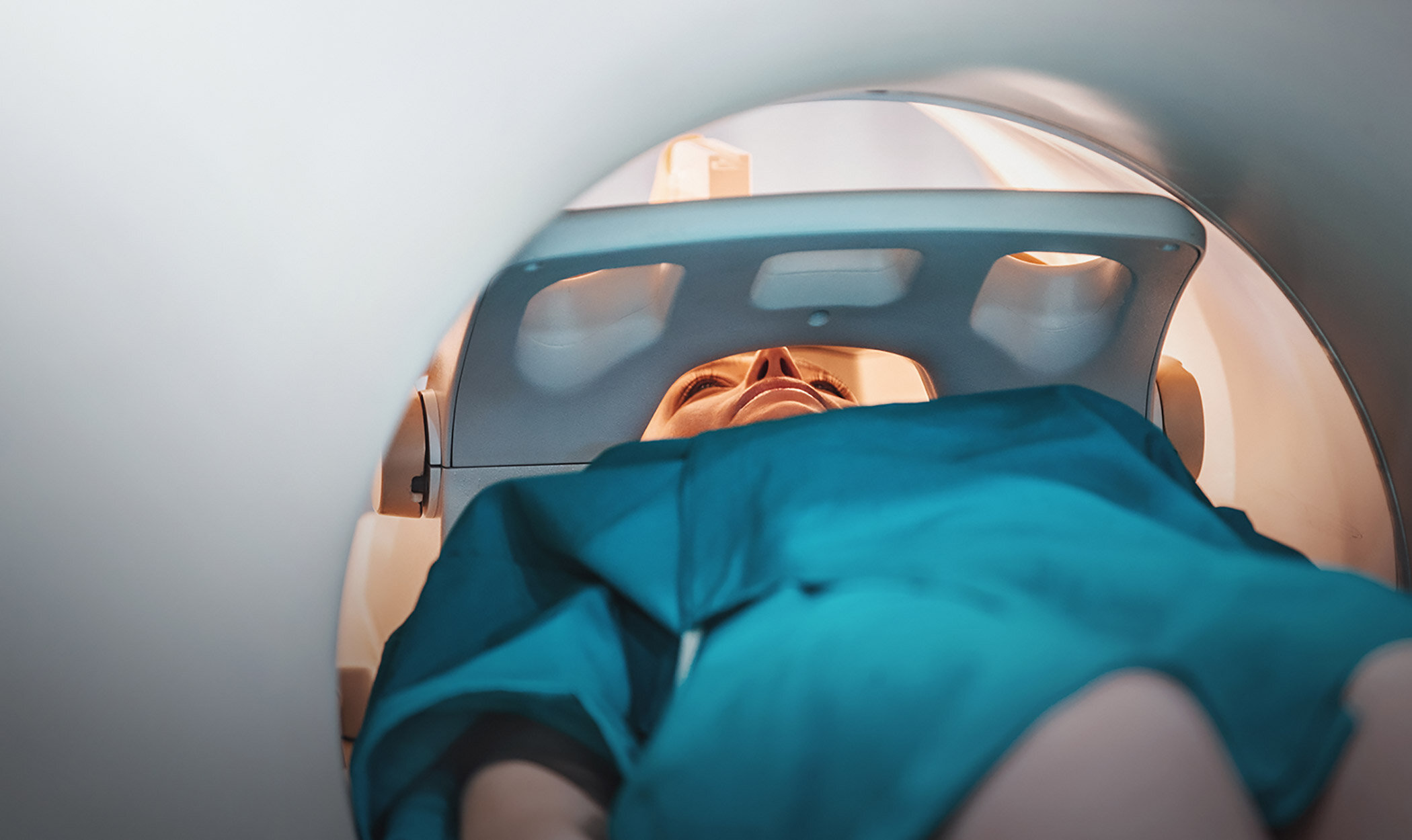
The OSSIS Process.
We've collaborated with surgeons to develop a four step consultation and communication process. This process maximises a surgeon’s informed control throughout design and manufacture and eliminates unnecessary admin. The result is the rapid production and delivery of custom implants, maintaining the highest international quality, and surgeons receive the support they need to deliver life-changing patient outcomes.
1
Discover.
Our process begins with a conversation with the prescribing surgeon to understand what the expectations are for them and their patient. Following this, patient information and imaging is provided to the OSSIS team. All documentation is transferred via our secure and seamless site, and sent directly to our team of design engineers for analysis and planning.
Once all documentation is received, our engineers can begin crafting the patient’s implant.
2
Design.
Our in-house engineers design the patient’s implant through a comprehensive process of segmentation and analysis of the imaging.
This is a collaborative process. Surgeons and engineers communicate throughout the development phase—taking into account surgeon and patient requirements as well as the best surgical approach—approving the implant design before manufacturing begins.
Where possible, we prioritise face-to-face meetings with our global team of engineers, offering surgeons the support of on-the-ground consultation throughout the design process.
3
Develop.
The approved design is manufactured using 3D printing technology, producing a custom titanium implant that fits even the most complex bone defects or remaining void.
The titanium implant features researched trabecular structures to promote osseointegration, as well as antimicrobial coatings if clinically desirable.
4
Deliver.
Our three approved manufacturing centers are strategically positioned around the world, providing clinicians with world-class lead times. This allows the implant to be rapidly couriered to the hospital along with anatomical bone models, instruments, and osteotomy guides.
OSSIS engineers then provide direct surgical support in the theatre, post-operative assessments and follow-ups.

“Everything is more defined using the OSSIS method. The initial contact is excellent, the process of getting information to OSSIS is easy, communicating with the engineers can be done simply, and the preoperative 3D prints allow us to plan more effectively.”


